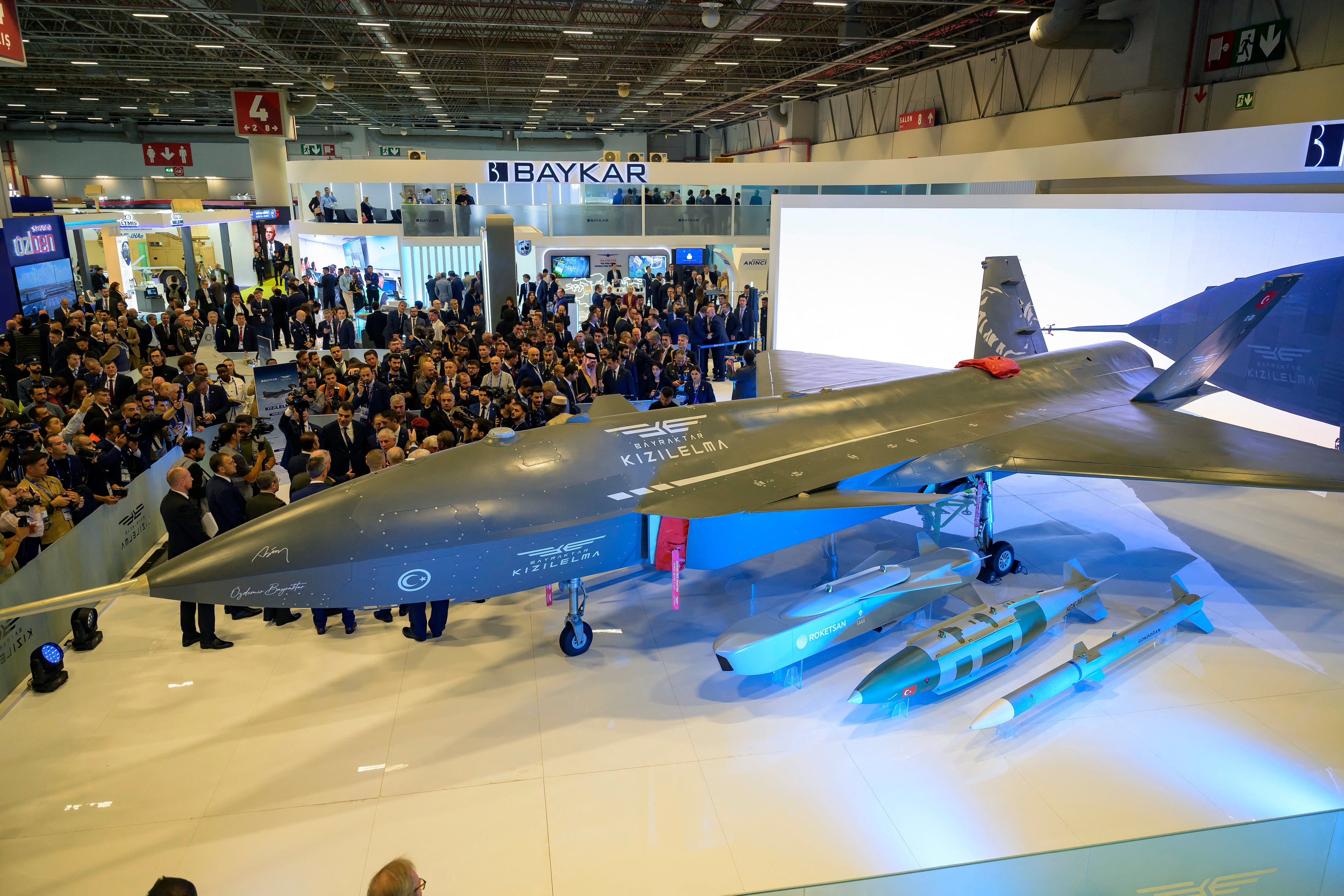Three decades ago, email messages replaced typed memos as a primary means of organizational communication. That evolution required a shift in people’s behavior, but not a transformation, as it was essentially just the digitization of an existing process.
Today we’re experiencing the next wave in the evolution of communication – the displacement of email by text messaging. But this time it’s a revolution because it involves a change not just in behavior but also in mindset.
Chat is immediate. It’s rapid fire. It’s urgent. And increasingly, it’s how organizations communicate.
RELATED

Military leaders must keep the agility of chat messaging top of mind as they build out Joint All-Domain Command and Control, or JADC2, the Pentagon strategy for integrating data feeds across the armed forces. Additionally, Gen Z service members – those age 24 and younger – make up a growing proportion of military personnel. These are digital natives who grew up with smartphones, social media, and text messaging. Chat is how they interact, how they consume information, and how they think.
Chat is also a highly effective way for teams to communicate. In the world of application development, the use of chat tools for managing projects is called ChatOps. ChatOps leverages collaboration platforms and asynchronous communication channels to support team activities. The same technologies and approaches can optimize communication in mission environments, as well.
In fact, for the Defense Department, ChatOps is a core aspect of the evolution from command and control, or C2, to command, control, communications, computers, intelligence, surveillance, and reconnaissance, or C4ISR. Implemented securely and effectively, ChatOps can help mission teams reduce manual effort, take advantage of automation and artificial intelligence (AI), and improve decision quality. Just this year, the Air Mobility Command of the U.S. Air Force used ChatOps to share instant updates and support the Mobility Guardian 2023 readiness exercise.
From communication to automation
Private sector enterprises, federal agencies, and military organizations increasingly rely on chat apps and secure collaboration platforms that unify chat communications. Chat is now routinely used for running operations and for managing mission activities at the tactical edge. Traditional communication methods such as email and voice remain useful for lots of purposes. But in many situations, chat is the most efficient way for teams to communicate in real-time.
Chat is also well-suited to maintaining communications and decision support in contested, degraded, and operationally limited environments. If primary communications networks are interrupted, ChatOps provides an alternate means of connecting decision-makers with team members at the tactical edge.

ChatOps delivers numerous capabilities and advantages that support mission success. First is a reduction in the manual effort involved with voice communication. Capturing voice-based data in an information repository to support decision-making is a cumbersome, time-consuming process. Typically, a team member receives a phone call or radio transmission, writes down the relevant data, and then transcribes it into a centralized system. It’s a huge time sink that’s rife with potential error.
ChatOps provides a communication channel that’s already digitized, with data that’s already captured. With chat centralized in a secure collaboration platform, teams can also share files, screens, audio, and video in a single location, with a complete audit trail. That makes chat-based information auditable and teachable. Teams can learn from interactions and apply those learnings to future activities.
A second ChatOps benefit is support for automation and AI to improve decision quality. ChatOps running on an open-source collaboration platform can automate processes in a variety of ways. One is through built-in playbooks – digitized checklists that fully or partially automate workflows, taking prescribed actions without human intervention or alerting team members when they need to take action.
Another way a chat-centralizing collaboration platform can automate processes is by looping AI-curated information into team workstreams. Imagine a contingency operation such as an embassy evacuation. A ChatOps solution integrated with an AI engine can call in information from an AI-curated dataset to provide decision-makers with insights such as team members available, usable airfields and ports, the embassy site plan, and more. The team can build the evacuation plan in two hours, not two days.
Secure and Centralized
To leverage ChatOps in building out JADC2, military leaders should start by evaluating how ChatOps can best fit into the operations under their purview. How do team members currently communicate? How much text-based interaction is already taking place? During normal operations, email might continue as a primary means of interaction. But in emergency and contingency scenarios, chat might emerge as the most effective means of supporting decision quality.
Next, leaders should consider how they can securely centralize ChatOps to protect sensitive information while ensuring that team members derive the most advantage from text-based communication. That calls for unifying chat in an open source, built-for-purpose collaboration platform.
Open source ensures that cyber controls can be customized to meet military security needs and regulatory requirements. It also enables API integrations with the technology tools teams already have in place. Those are key reasons Platform One, the DoD’s centralized software factory, relies on an open-source collaboration platform.
Just as important, leaders should seek out a ChatOps solution that offers the flexibility to be deployed on-premises in an air-gapped environment. Most popular chat apps are hosted in the cloud, with the cloud providers retaining control of the data. An on-prem platform ensures complete data sovereignty, with an audit trail in case of a potential security incident.
Text messaging has already been embraced organically as a form of chat within the armed forces, from the bottom up. To advance the goals of JADC2, military leaders must now implement ChatOps in a planned and secure manner. ChatOps not only reflects the evolution from C2 to C4ISR, but going forward it will also be vital to maintaining decision quality at the tactical edge and succeeding in mission environments.
Former U.S. Army Special Forces Officer Barry Duplantis is vice president and general manager of North America Public Sector for Mattermost.








